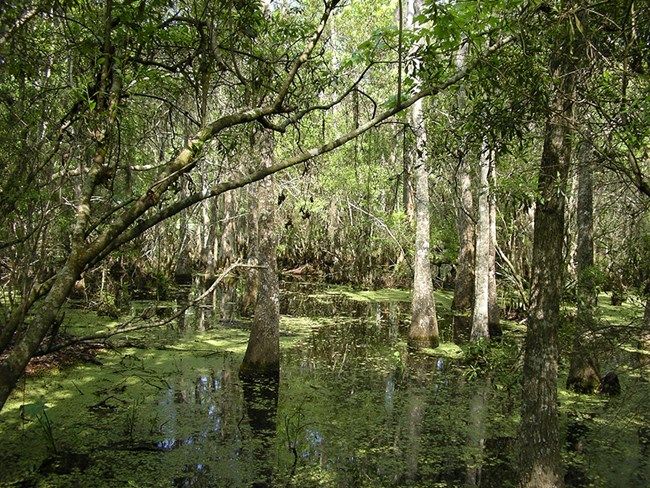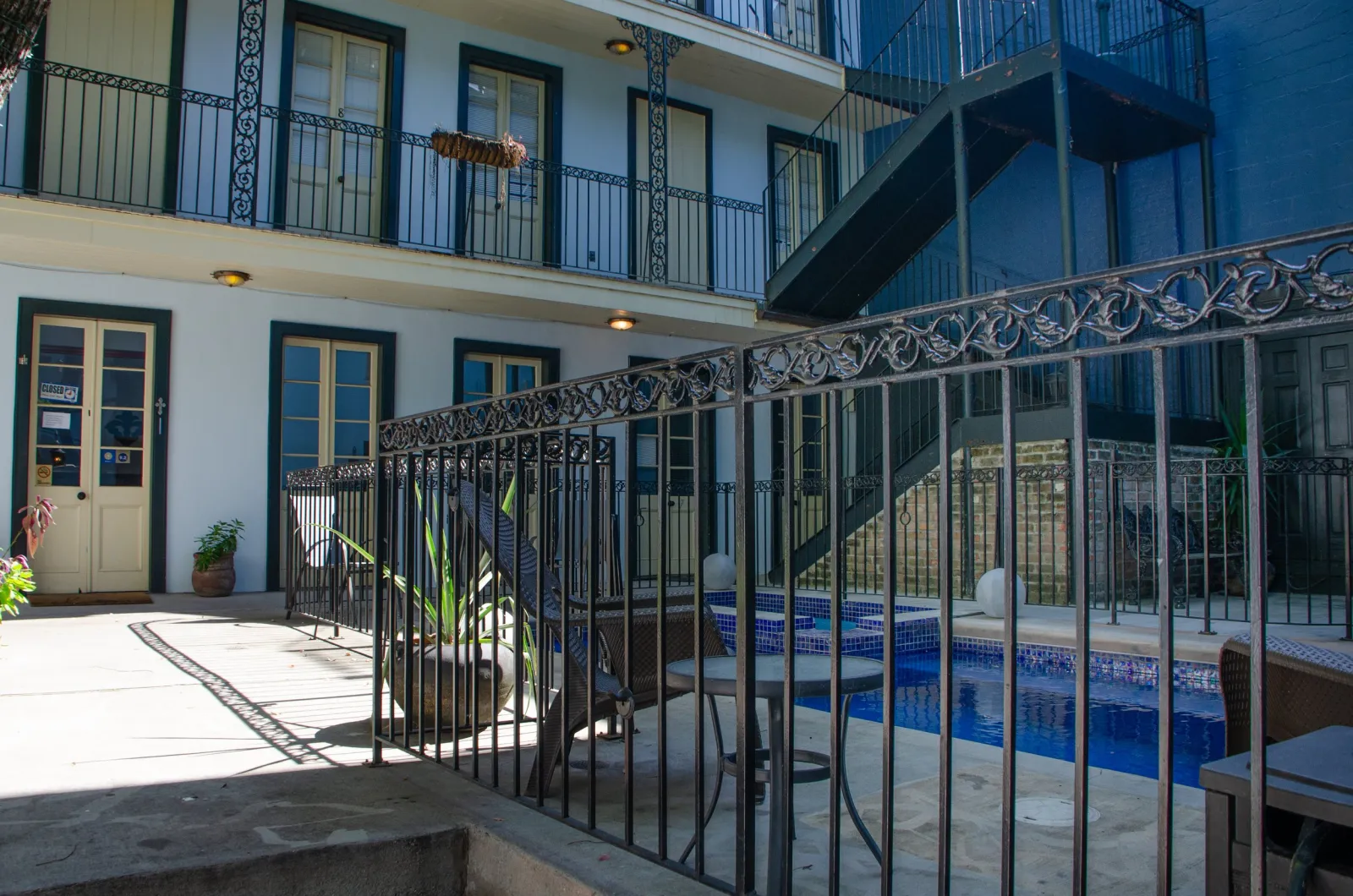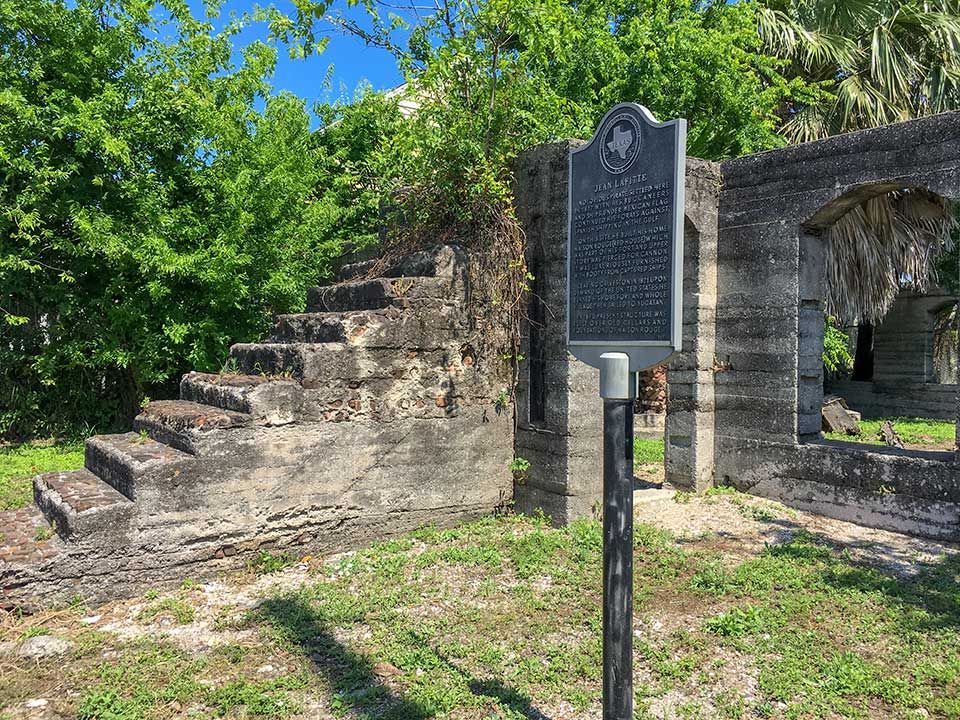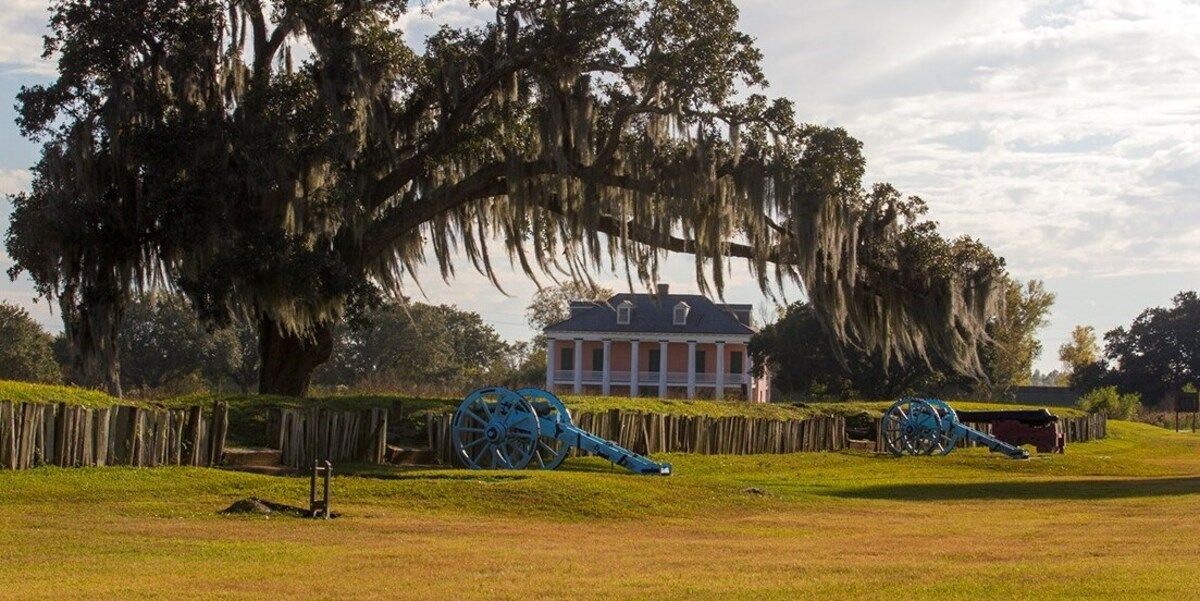Jean Lafitte was a French pirate in New Orleans and the Gulf of Mexico, and he often frequented the streets and establishments of New Orleans on his pirating endeavors. Lafitte once regularly walked the streets of New Orleans' beloved French Quarter and boated through the Barataria Preserve, he even helped the U.S. win the Battle of New Orleans.
In honor of "Talk Like a Pirate Day," here are five facts about the pirate Jean Lafitte.
5 Facts About Jean Lafitte on Talk Like a Pirate Day, September 19
1. The Baratarians
Lafitte used the swamps of the Barataria Preserve to smuggle goods and eventually he became the leader of a group of smugglers called the "Baratarians."
The Baratarians joined Lafitte in the Battle of New Orleans and, afterwards, settled in New Orleans. The Baratarians are said to still have descendants in the city today.

Today, the city of Barataria, its swamps and wetlands are historical landmarks. The Barataria Preserve is open to visitors who want to learn more about the area's rich history.
2. Lafitte's Role in the War of 1812
In 1814, Lafitte was sought out by the British military to help them in the War of 1812. Instead, Lafitte warned American authorities and Lafitte offered his help in defending New Orleans in exchange of him and his men being pardoned for their crimes.

Lafitte fought next to Gen. Andrew Jackson in the Battle of New Orleans. Jackson was reluctant to let the pirate join the battle, but Jackson couldn't refuse Lafitte when he brought with him 20,000 rounds of ammunition and naval cannons.
The cannon fire and Lafitte's group of Baratarians played the pivotal role of victory in the Battle of New Orleans. Most of the battles of the war took place near or at Chalmette Plantation.
3. Lafitte's Blacksmith Shop
There are many mysteries regarding the life of Jean Lafitte--one being whether Lafitte owned a blacksmith shop in the French Quarter. This blacksmith shop allegedly served as a depot for smuggled goods
In 1802 a newspaper ad mentioned a blacksmith named Lafitte, but no first name was found in the ad. In the ad, the shop's location was not said to be at the corner of Bourbon and St. Phillip Street, which is where Jean Lafitte's Blacksmith Shop Bar stands today.

Despite the spot not being the actual location of Lafitte's alleged blacksmith shop, the bar is still a landmark when it comes to the culture of New Orleans.
4. How Lafitte Came to Louisiana
Lafitte journeyed to Louisiana around the year 1804 after it became a U.S. territory. When the Embargo Act was enforced in 1807, the law opened up a way for smugglers to bring illegal goods to Louisiana's ports.
Lafitte saw this as an opportunity and established an illegal port at the bay of Barataria. The port became a haven for smugglers, as it was a good trade position and far enough away from the nearest U.S. naval base. The constant arrival of smuggled goods and increase of money and valuables led to the rise of popularity for the port of Barataria.

Jean Lafitte House, located at 613 Esplanade Ave., is said to be built in 1809 by Lafitte's captain Rene Beluche. This building was likely used by Lafitte when he was smuggling goods within New Orleans, and the underground passageways near the pool were most likely frequented by Lafitte and his team of smugglers.
5. Lafitte's Death is a Mystery
After being pardoned for his crimes by U.S. President James Madison in 1815 for his help in the war, Lafitte went on to continue smuggling at Galveston Island in Texas.
Lafitte is said to have served briefly as governor of the city of Galveston in 1819. However, Lafitte continued smuggling and was eventually forced out of Texas by U.S. Navy in 1820 after he attacked U.S. ships.

After Jean Lafitte arrived to Galveston, he settled and built a house known as "Maison Rouge." This landmark in Galveston, Texas is where Lafitte's home once stood before he burned it, and the town, down and fled Texas.
Afterwards, Lafitte gathered a crew, burned the town and then sailed away on his boat The Pride. Lafitte is said to have continued his smuggling around Spain for several years, but his time after leaving the U.S. and his death still largely remain a mystery.
Jean Lafitte Landmarks
Today, there are several places and locations dedicated to the New Orleans historical figure Jean Lafitte.
The Jean Lafitte National Historical Park and Preserve is a national park dedicated to preserving the Barataria Preserve, the same swamp and wetland Lafitte navigated wile he was a pirate. The park also spans across to the Chalmette Battlefield, where Lafitte and U.S. soldier fought in the Battle of New Orleans.

Although Lafitte's Blacksmith Shop Bar on Bourbon Street may not be at the location of Lafitte's actual blacksmith shop, it is still a great local spot to learn more about Jean Lafitte. There is also Jean Lafitte House, where you can book a room and stay in the building where Lafitte once smuggled goods through the passageways underground.
Make sure to remember the notorious New Orleans pirate, Jean Lafitte, on September 19 "Talk Like a Pirate Day."

